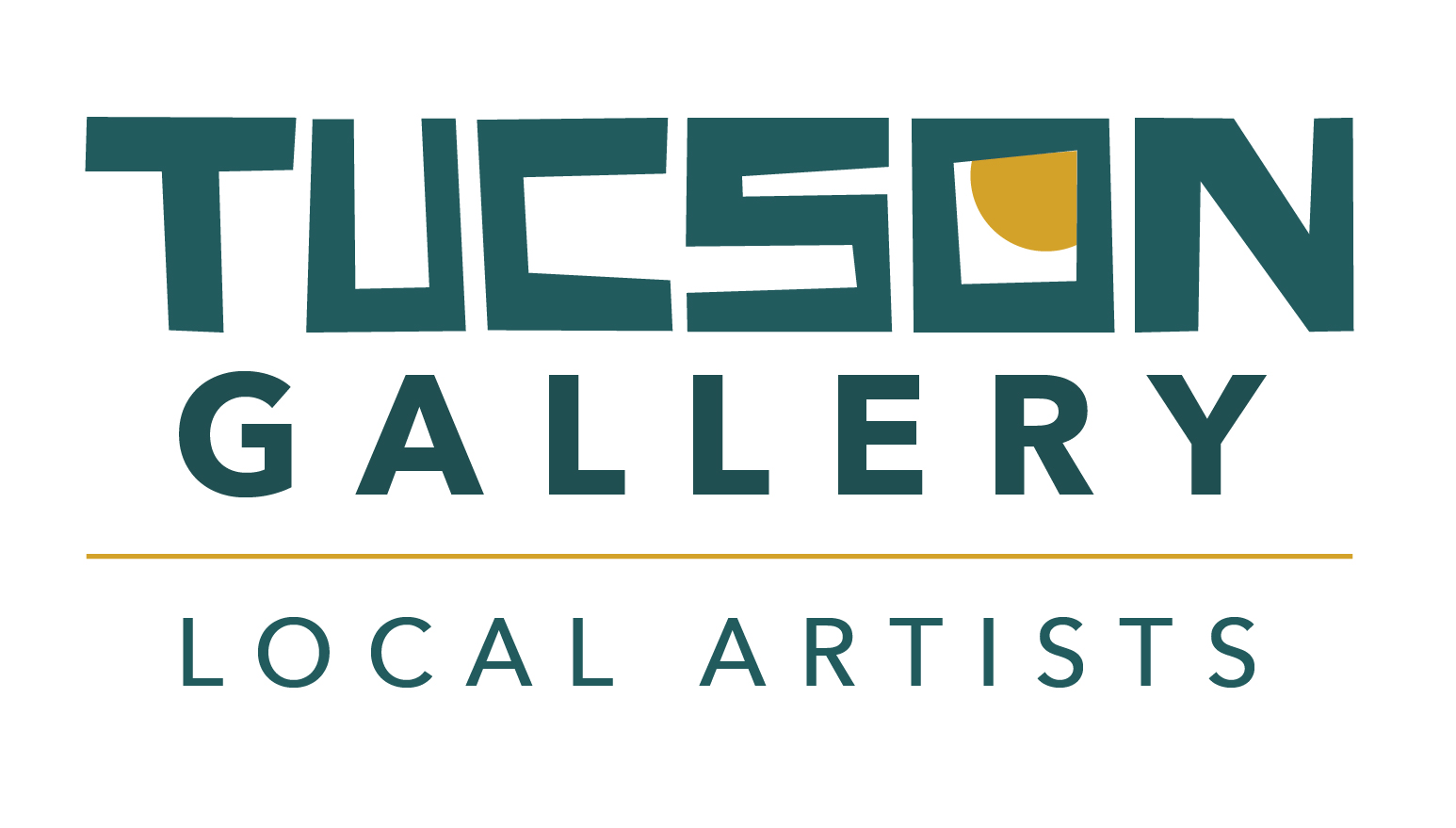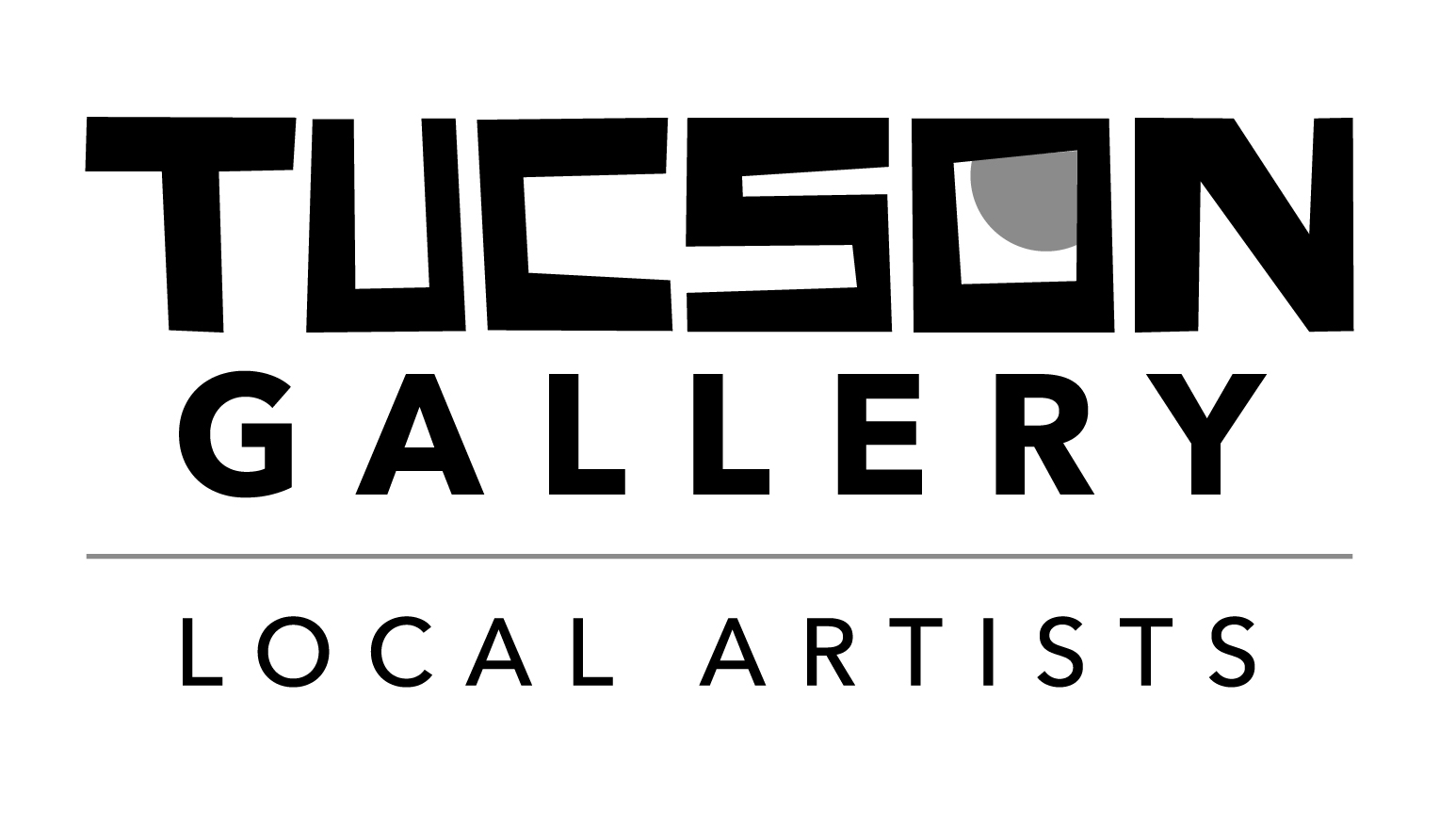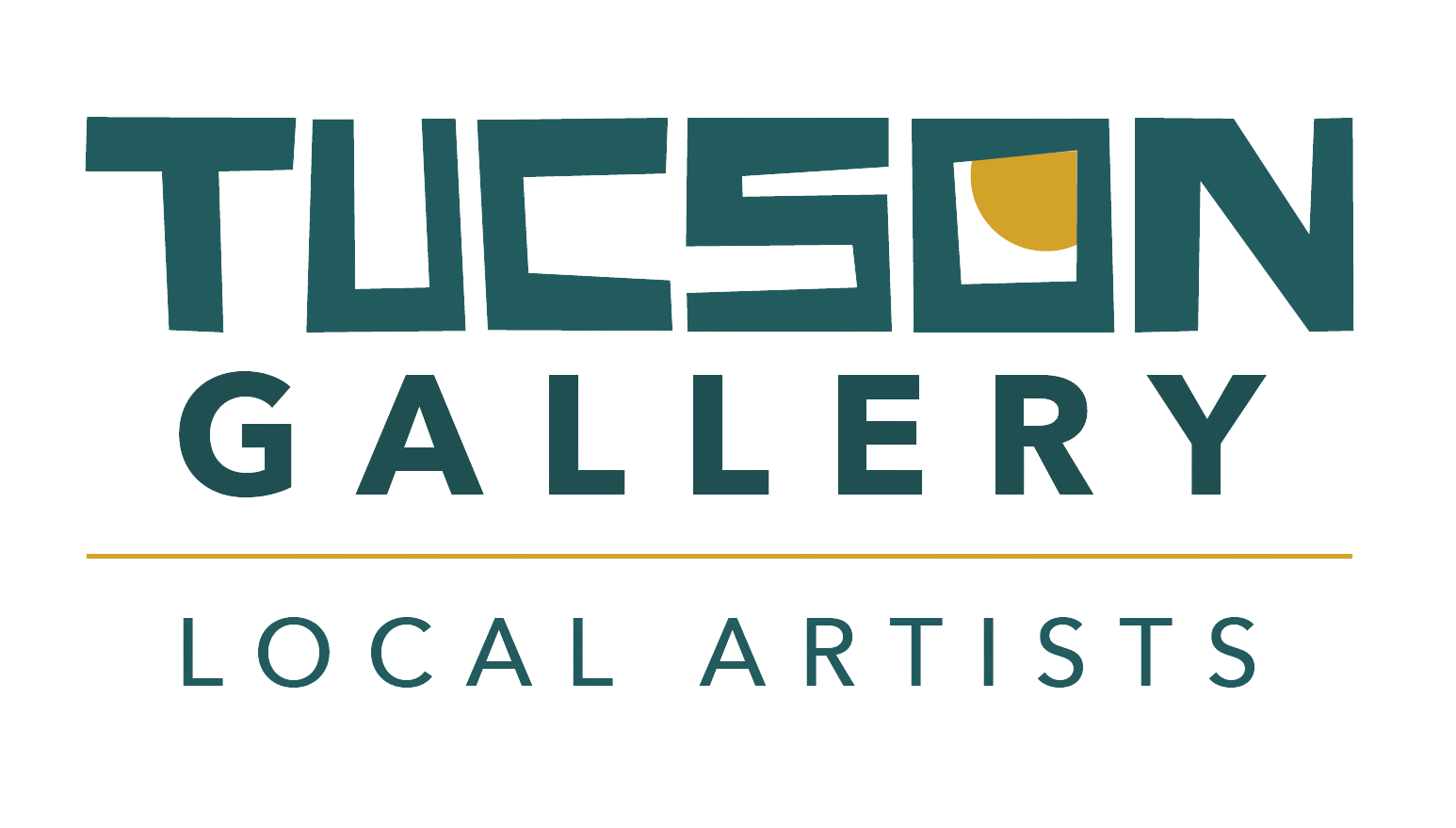
The Colorful Canvas of Development: How Art Benefits Children
Art isn’t just about creating pretty pictures; for children, it’s a powerful tool that fosters a multitude of skills and lays the groundwork for a well-rounded development. From sparking creativity to building confidence, art serves as a language that transcends words, offering a unique space for children to explore, express, and grow.
Let’s delve into the vibrant world of art education and explore the many ways it benefits children:

- Unlocking Creativity and Imagination: Art provides a platform for children to unleash their boundless imagination. Whether its finger painting a swirling galaxy or sculpting a fantastical creature from clay, art allows them to experiment with ideas, explore different techniques, and bring their unique visions to life. This open-ended environment fosters divergent thinking, the ability to generate multiple solutions to a problem, a crucial skill for innovation and problem-solving in all aspects of life.
- Building Fine Motor Skills: From the precise grip required for holding a paintbrush to the dexterity needed for cutting and pasting, art activities provide a fun and engaging way for children to develop their fine motor skills. As they manipulate different art materials, their hand-eye coordination improves, preparing them for tasks like writing, dressing independently, and other activities requiring controlled movements.
- Nurturing Social and Emotional Development: Art isn’t always a solitary pursuit. Collaborative art projects encourage children to work together, share ideas, and negotiate solutions. This fosters social skills like teamwork, communication, and empathy. Additionally, art allows children to express a wide range of emotions, be it joy, frustration, or sadness, in a safe and non-judgmental space. This can be particularly helpful for children who struggle with verbal communication.
- Boosting Self-Esteem and Confidence: Completing an art project, big or small, instills a sense of accomplishment in children. Seeing their creation come to life builds self-esteem and confidence. Art allows them to take risks, experiment without fear of failure, and learn from their mistakes, all of which contribute to a positive self-image.
- Enhancing Cognitive Skills: Art isn’t just about creativity; it also engages cognitive skills. As children plan their artwork, they practice critical thinking and decision-making. Experimenting with different colors, shapes, and textures helps them understand cause and effect, spatial relationships, and problem-solving techniques. Additionally, art education can improve memory and focus, benefiting children in all areas of learning.
- Building Cultural Awareness: Art allows children to explore different cultures and historical periods. By studying and creating art inspired by diverse traditions, they gain a broader understanding of the world and develop a sense of appreciation for different artistic expressions.
The Power of Play: Making Art Accessible
The most important aspect of art education for children is to make it enjoyable. Here are some ways to create a nurturing and stimulating environment for artistic exploration:
add jessica Gonzales dragon here

- Focus on the Process, Not the Product: Don’t worry about creating a masterpiece; let the fun of exploration take center stage. Provide a variety of materials like paints, crayons, clay, and recycled items, and encourage children to experiment freely.
- Embrace the Mess: Art can get messy, and that’s perfectly okay! Embrace the mess as part of the creative process.
- Art Everywhere: Art appreciation and creation can happen anywhere, anytime. Take walks in nature and observe the colors and textures, visit art museums, explore the amazing Tucson murals or simply create art supplies out of household items. Check out these fun places to visit: Discover the Best Creative Activities in Tucson for Kids
- Positive Reinforcement: Celebrate your child’s artistic endeavors, regardless of the outcome. Focus on the effort and joy they experience rather than a perceived lack of skill.
Conclusion
Art education is a vital part of a child’s development. It’s a language that allows them to express themselves, explore their creativity, and build a foundation for important life skills. By providing children with opportunities to create and appreciate art, we equip them with the tools they need to thrive, not just in the art room, but in all aspects of their lives. So, grab some crayons, paints, or your favorite art supplies, and join your child on their artistic journey. Remember, the most beautiful creations often begin with a simple exploration of color and form.
Sources:
- The art of creating: Why art is important for early childhood development by Michigan State University Extension
- Art – an opportunity to develop children’s skills by PennState Extension
For information about art programs for youth, including ideas that you may have, please contact The Tucson Gallery at phone number located on the website: TheTucsonGallery.com





